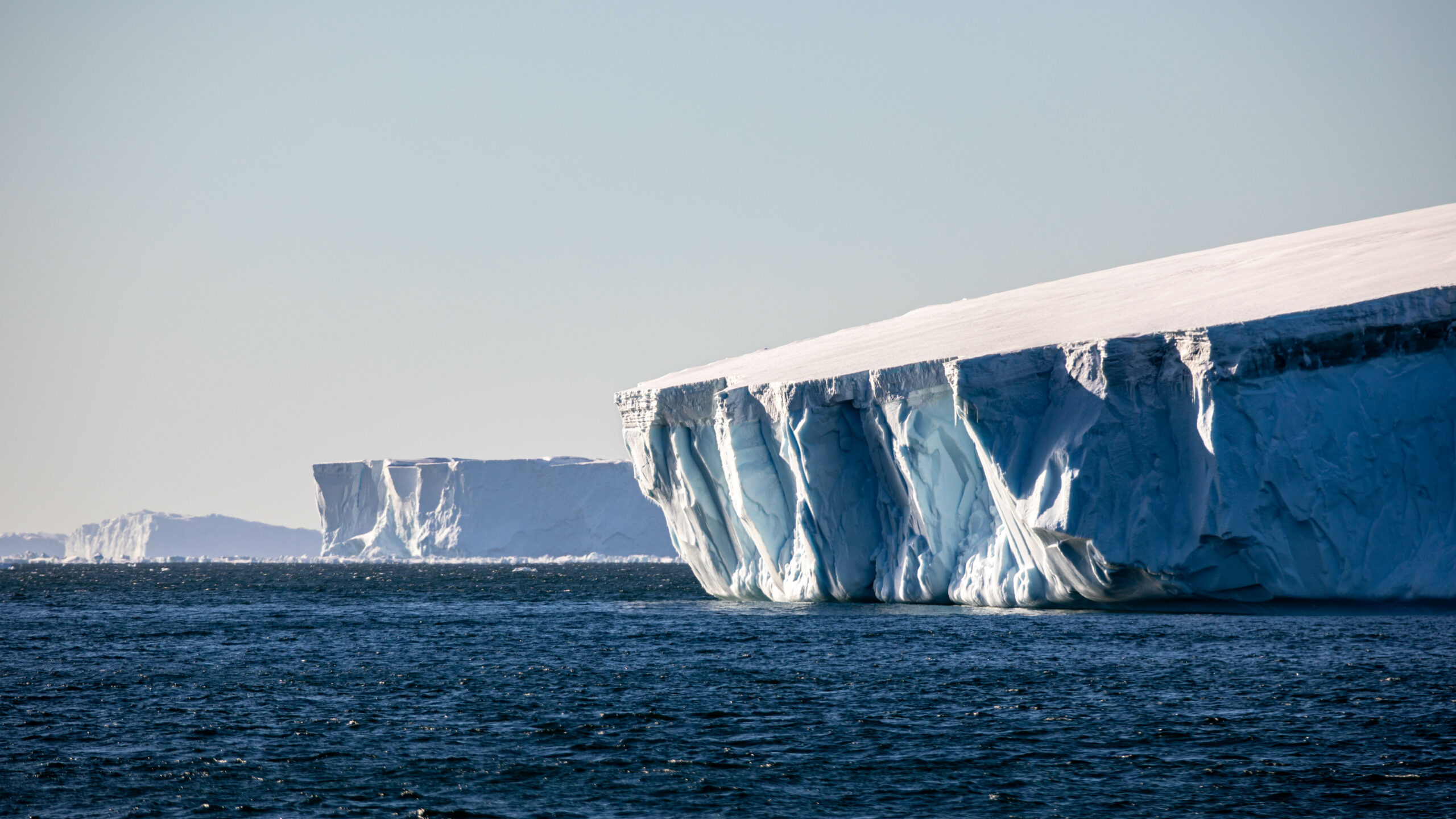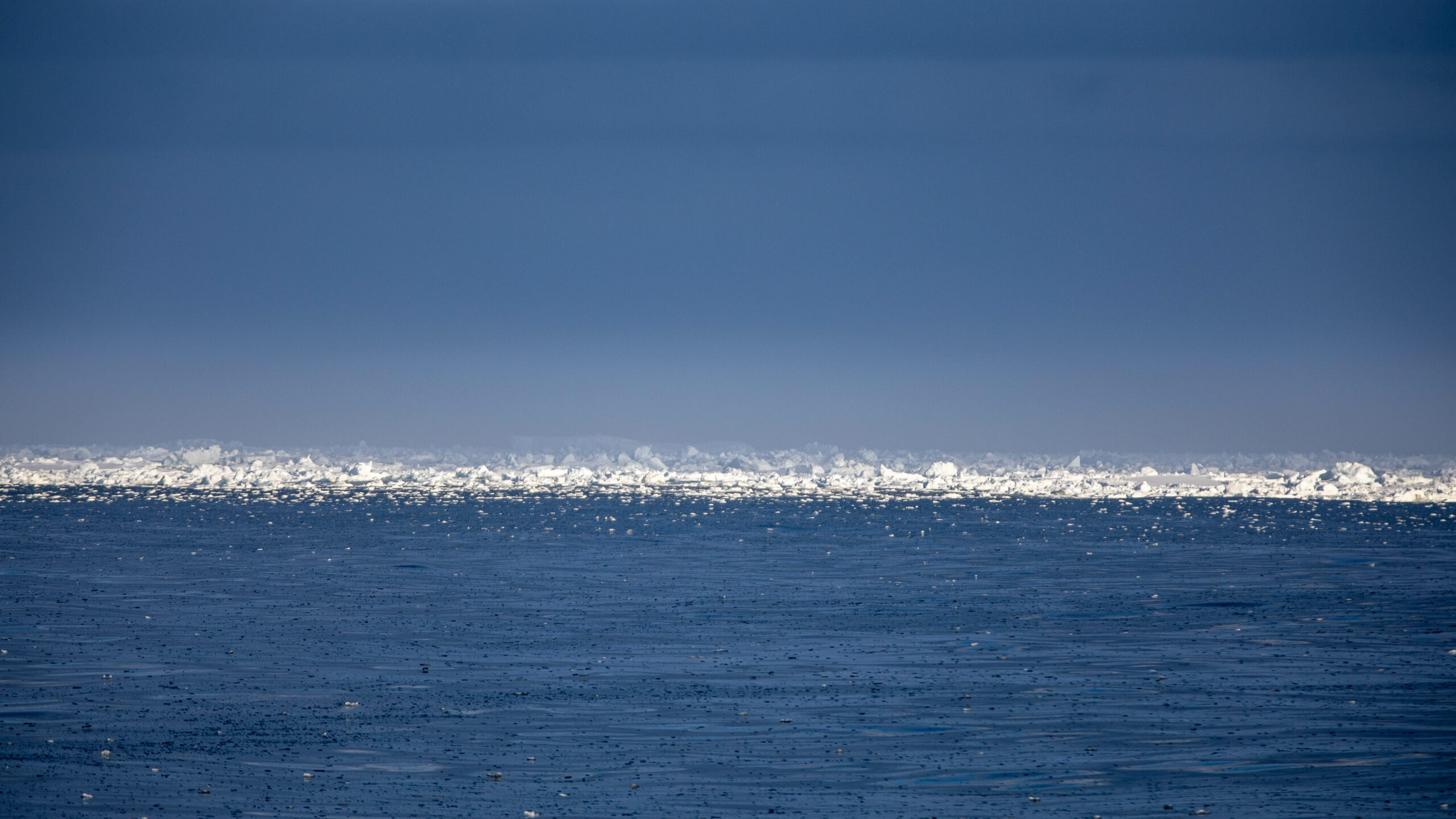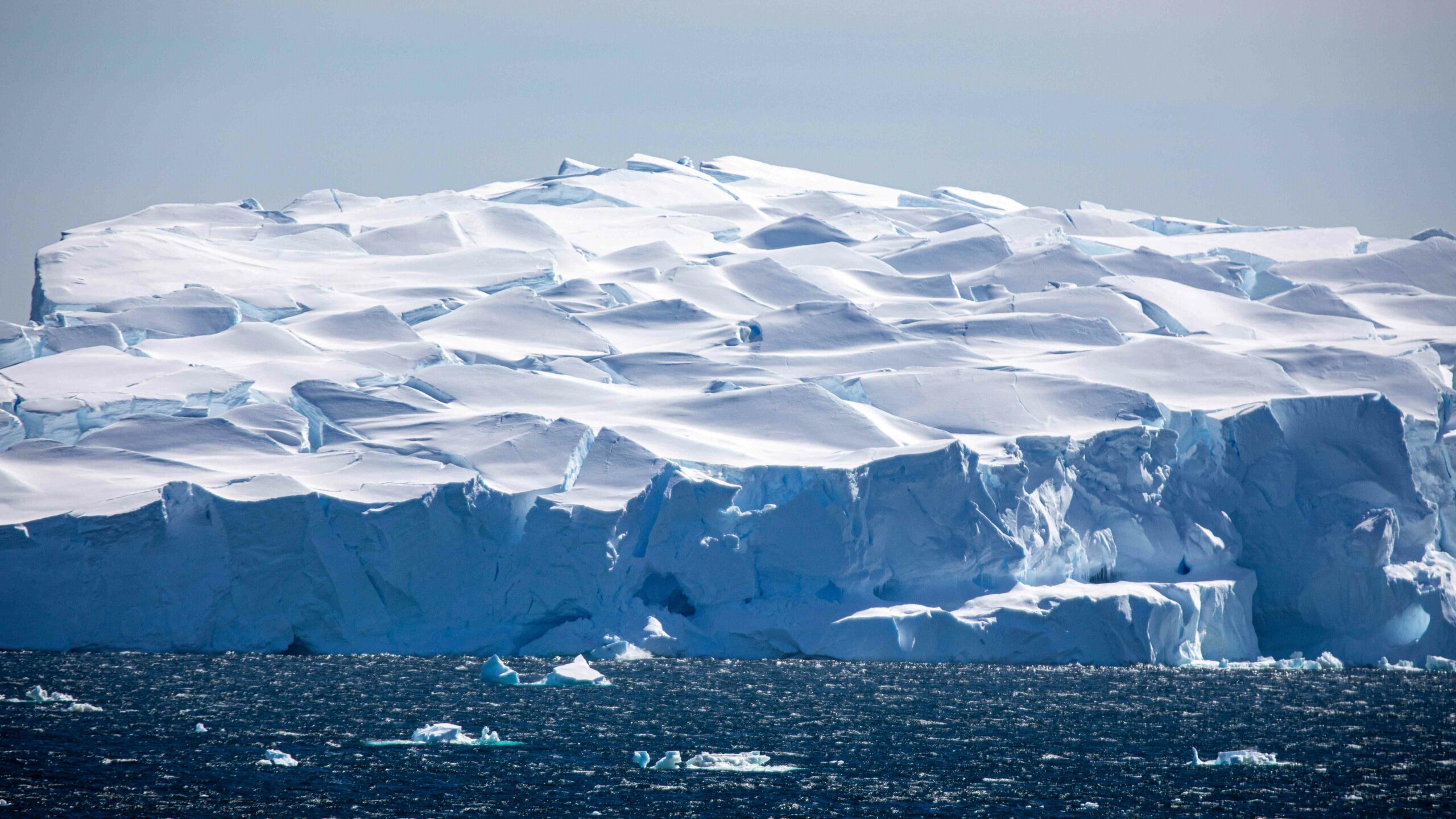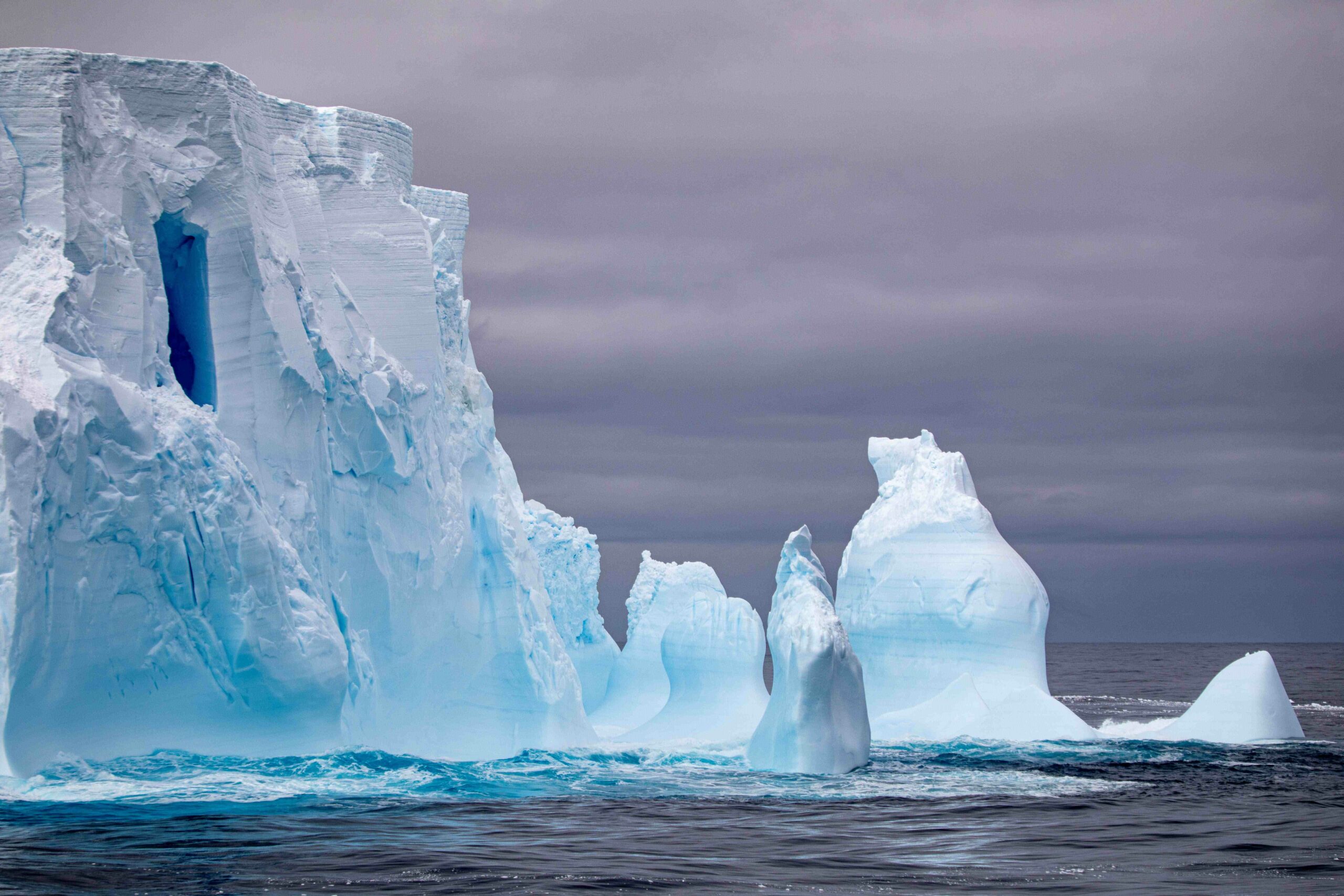In search of Antarctic Bottom Water
Kaihe Yamazaki (UTAS/IMAS, Australian Centre for Excellence in Antarctic Science ACEAS)
The Adélie Depression, cradling the Mertz Glacier Tongue, is a bowl-shaped seafloor feature stretching from 143°E to 146°E on the Antarctic continental shelf. It’s one of four formation sites of Antarctic Bottom Water, the world’s densest water mass that fills much of the global ocean abyss and drives currents around the planet.
Open-water areas within sea ice, known as polynyas, are important for their high sea-ice production. As the sea water freezes, brine is rejected, creating heavier salty water. This high-salinity water is the precursor of Antarctic Bottom Water. It mixes with glacial meltwater and offshore deep waters, eventually flowing out to the Southern Ocean.
In January this year, there was less sea ice than usual, and a mega-bloom of phytoplankton was happening in front of the Mertz Glacier Tongue, so our MISO voyage team on board CSIRO research vessel (RV) Investigator went to check it out.
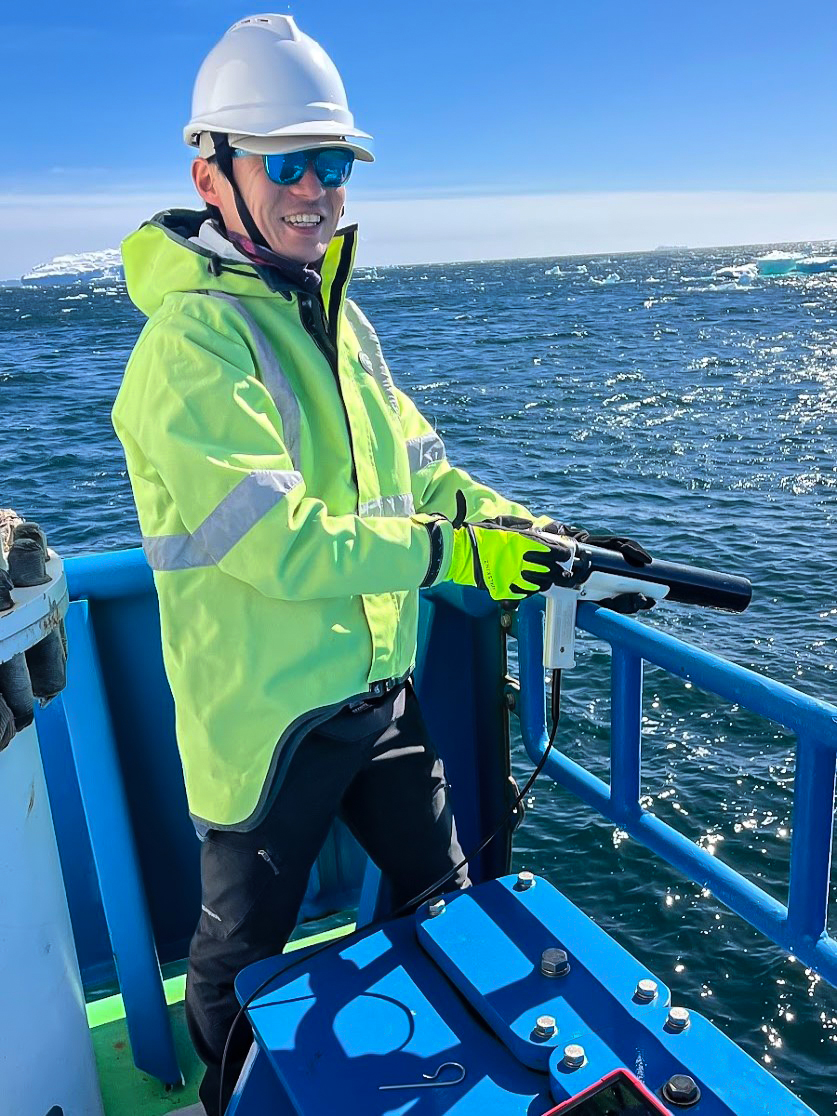
Observing the Adélie Depression and the Mertz Glacier was a truly magnificent sight of ice shelf, icebergs, and sea ice – an icescape to behold. In the Adélie Depression, we conducted three high-precision CTD casts, gathering physical data like water temperature and salinity, as well as biogeochemical parameters like carbon and trace metals. As we entered the Depression, we also regularly deployed eXpendable BathyThermographs (XBT) to observe where supercooled water from the ice shelf cavity was flowing.
The Adélie Depression is a region where the icescape is rapidly changing due to a calving ice shelf and stranded icebergs. The observational data we gathered will be invaluable in predicting how the formation of Antarctic Bottom Water is affected under the changing icescape and global climate, and how it impacts the Southern Ocean’s ability to absorb heat and carbon.
This research is supported by a grant of sea time on RV Investigator from the CSIRO Marine National Facility which is supported by the Australian Government’s National Collaborative Research Infrastructure Strategy (NCRIS).






